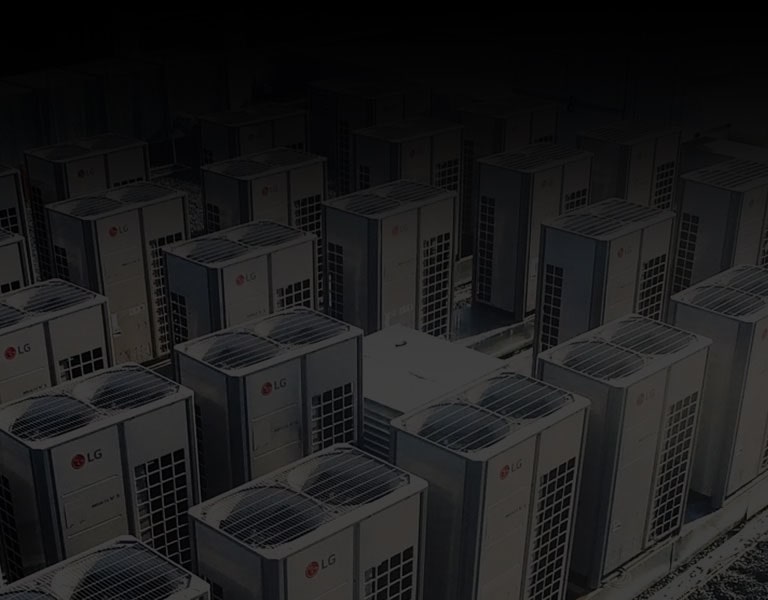We use cookies, including cookies from third parties, to enhance your user experience and the effectiveness of our marketing activities. These cookies are performance, analytics and advertising cookies, please see our Privacy and Cookie policy for further information. If you agree to all of our cookies select “Accept all” or select “Cookie Settings” to see which cookies we use and choose which ones you would like to accept.
Installing an HVAC system to heat and cool a commercial building requires a lot of consideration. Users need to weigh all the pros and cons and the structure of the building to make the right decision. In the past few years, Variant Refrigerant Flow (VRF) units have become a preference for heating and cooling commercial buildings. They offer energy-efficient temperature regulation and maximise comfort.
Here are a few more reasons why VRF systems are apt for heating and cooling office space. Let’s have a look!
What are Variant Refrigerant Flow systems?
The VRF systems have become popular in countries like Europe, Japan, and China and are turning into a preference in Asian countries as well. Unlike traditional systems with one central unit, a VRF system comes with several small air handlers. These can be individually controlled and piped into the system.
The HVAC units have the capacity to control the refrigerant flowing into each air handler, making them efficient for working spaces. They have an additional level of flexibility and ensure quiet operations.
Benefits of choosing a VRF system for offices
1. Quiet operations
For heating and cooling office spaces, one desires an HVAC system that produces minimal noise. It would prevent disturbances, so the employees don’t experience challenges while focusing on their work. The VRF systems fulfil this requirement. In these units, the loud condenser is set up outside the building or mechanical room. Besides, the air handlers are also smaller and quieter than the ones with a large central unit and bulky ductwork.
2. Consistent comfort
The VRF systems are unique as they use compressor units that have the ability to accurately identify the requirements of every zone. After this, they send the precise amount of refrigerant to each indoor unit. This accurate flow is beneficial as it helps avoid hot spots. Consistent comfort enhances employee productivity and makes VRF systems apt for offices.
3. Ease of installation
Another reason to opt for a VRF system is its compact size and flexibility. Many commercial buildings are cramped for space and do not have enough area for a large maintenance room. Since the VRF units do not need service shafts, distribution fans, or hefty pipes to circulate fluids or water pumps, they are appropriate for cooling offices. Also, these systems are easier to install and do not occupy much physical floor area.
4. Flexibility
The VRF units can work with a wide range of indoor units, including split, 4-way cassette, 1-way cassette, duct, and AHU. This allows the user to select from different indoor units as per requirements and aesthetics without compromising cooling.
5. Heat and cool zones
Another benefit of using VRF systems is their dual functioning. These units can simultaneously heat and cool different zones to meet the demands of several rooms. The VRF systems are designed to use the heat captured during the cooling process. They redistribute this excess heat to warm another zone inside the building.
Also, as we know different rooms in a building have distinct heating and cooling demands. The VRF systems can easily accommodate these requirements.
6. Reduced breakdowns
We all wish for an HVAC system that experiences reduced breakdowns. We don’t want to be left with a malfunctioning AC during summers and collapsed furnaces during winters. And, with VRF units, this can be ensured.
Since these systems have alternative operational sequences and run under partial load conditions, the overall operation time is divided. This also means even load distribution. All this contributes to reduced failures and no power surges.
7. Smart technology
The VRF HVAC systems are recommended for office settings as they use state-of-the-art controls to set temperature. These units can be run using a mobile device and promise maximum convenience. Besides, VRF systems are advanced because they can track the unit’s conditions to send maintenance alerts. It helps ensure excellent performance throughout the year.
Conclusion
Commercial establishments looking to purchase or upgrade their HVAC systems should consider investing in VRF units. They are designed to enhance the user’s comfort and promise several appealing benefits to ensure employee efficiency.
Know more about the VRF systems and their benefits here: https://www.lg.com/in/business/vrf
